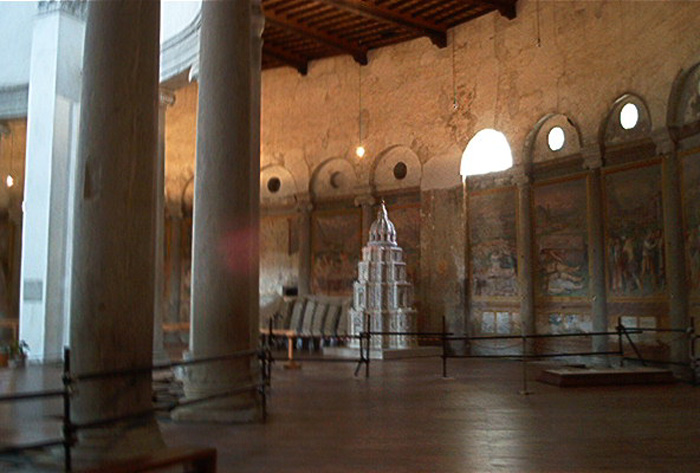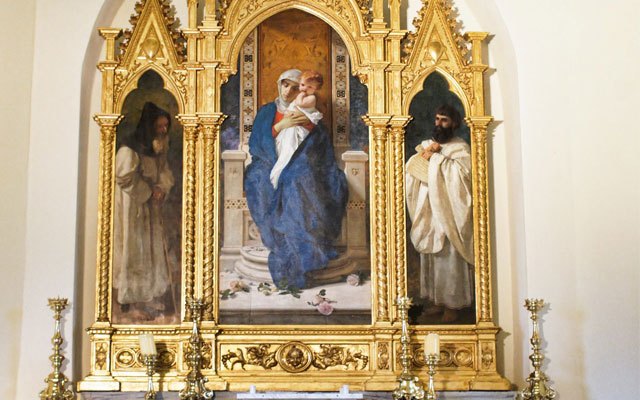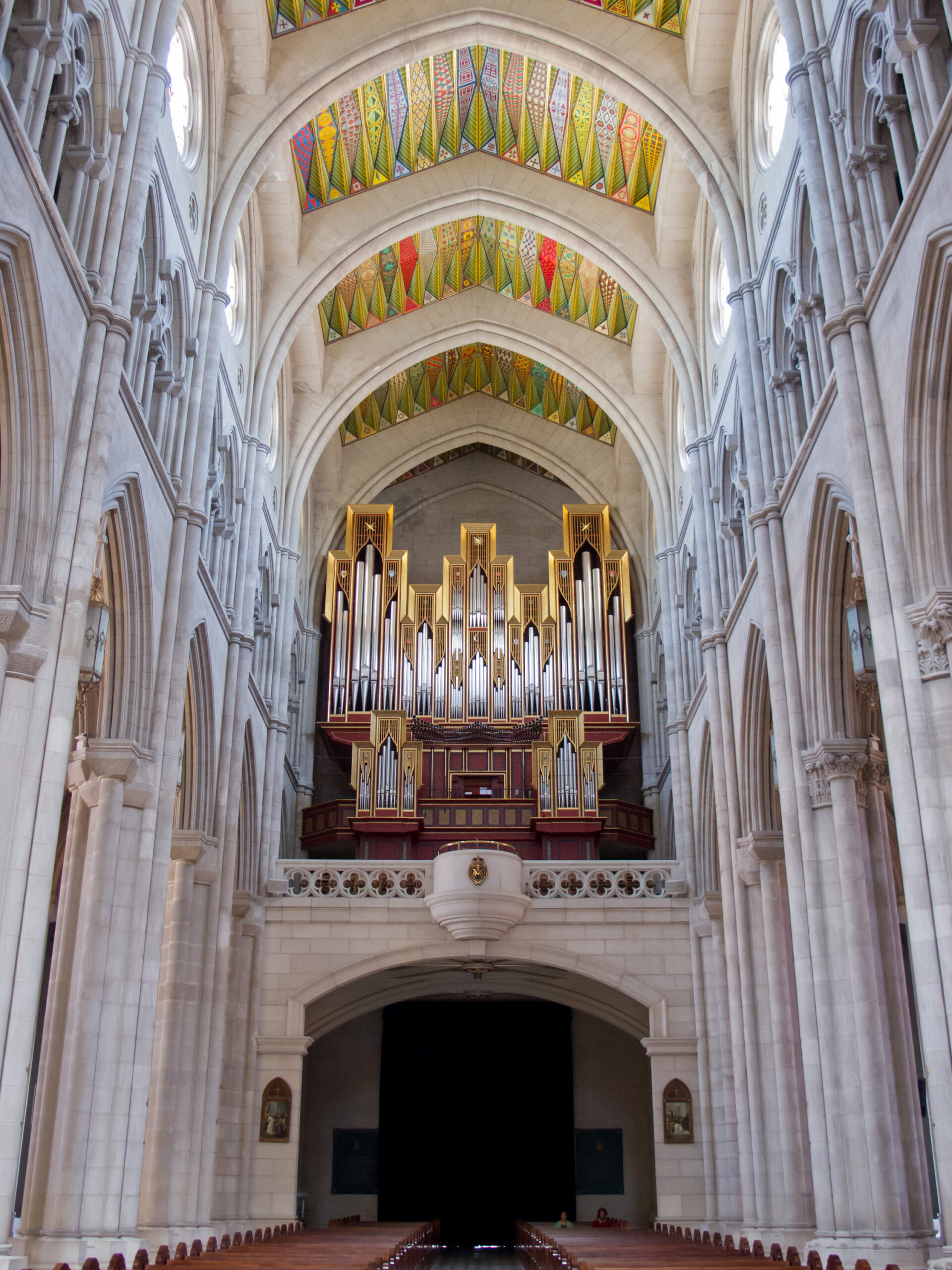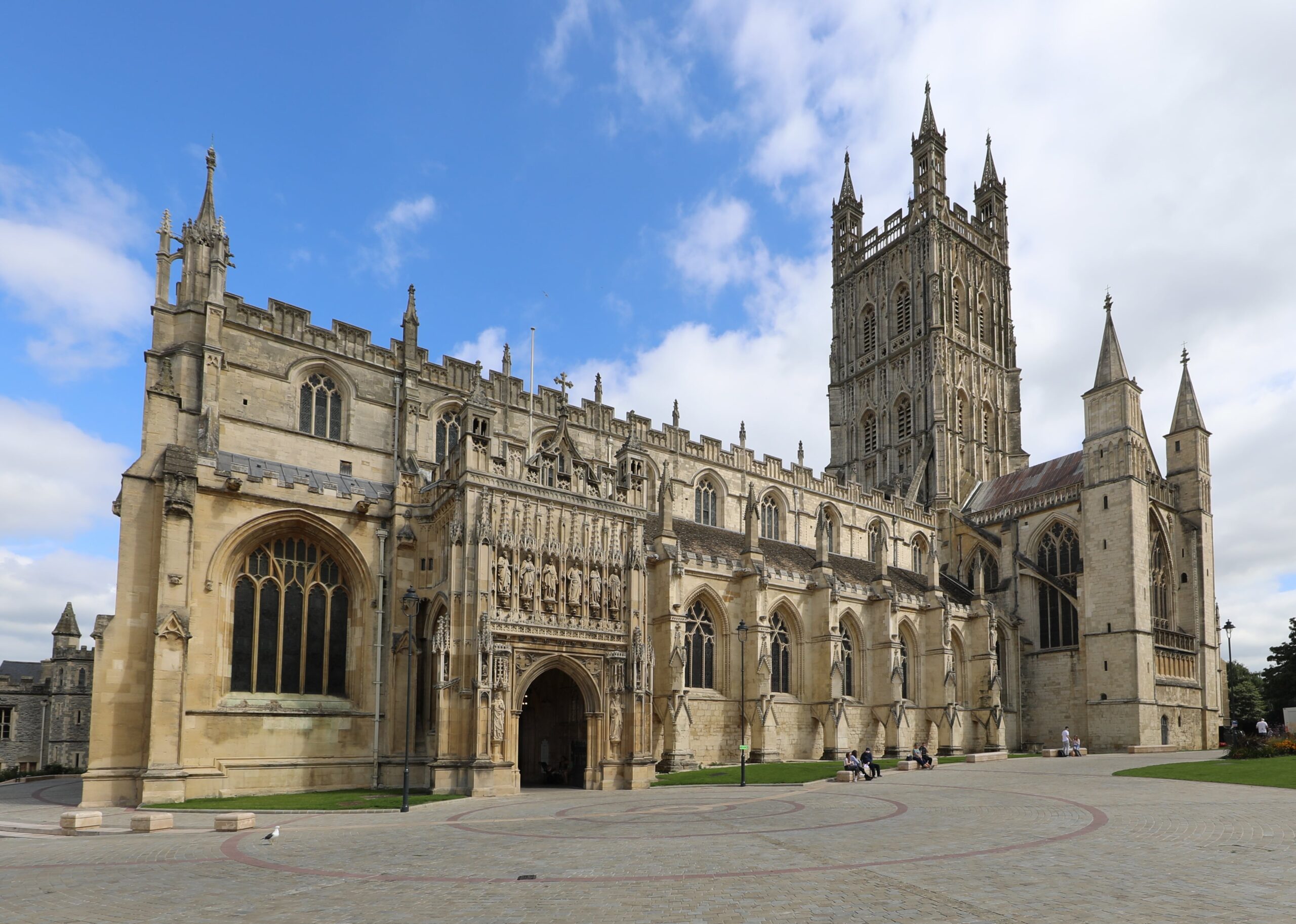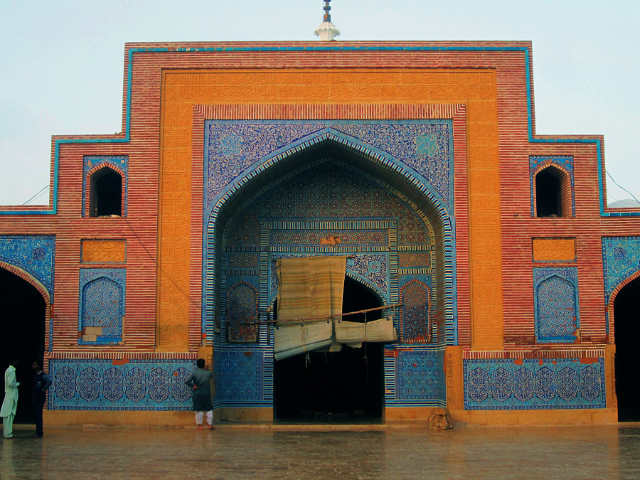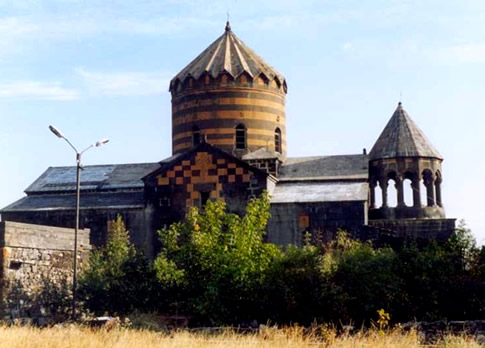Santo Stefano Rotondo is a 5th-century church located in Rome on the Caelian Hill in the Monti district. Run until 1580 by Hungarian Paulines, the church has since belonged to the Pontifical Germanic-Hungarian College in Rome. It was erected a minor basilica and is the national church of Hungary
The church was built on a part of the Roman barracks of the Castra peregrina, quarters of the provincial troops, and at a mithraeum that had been planted there around 180 and was unearthed in 1973-1975. A large residence of the Valeri (domus Valerii) was also located nearby.
The construction was probably desired by Pope Leo I (440-461), under whom another church dedicated to St. Stephen (Santo Stefano on the Via Latina) had also been built, and it must have been begun in the final years of his pontificate: in fact, two coins of Emperor Libius Severus (461-465) have been found in a section of the foundations of the building; furthermore, through dendrochronology it was ascertained that the wood used in the roof beams had been cut around 455. From the sources we know, however, that the
church was consecrated only later, by Pope Simplicius (468-483).
The building had a circular plan, originally consisting of three concentric circles: a central space (diameter 22 m) was delimited by a circle of 22 architraved columns, on which rests a drum (22.16 m high); this central part was surrounded by two lower ring-shaped ambulatories: the innermost one (diameter 42 m) was delimited by a second circle of columns connected by arches, now inserted in a continuous wall, while the outermost one (diameter 66 m), which has disappeared, was enclosed by a low wall.
In the outermost ring of radial colonnades surmounted by a wall delimited four rooms of greater height, which inscribed in the circular plan a Greek cross recognizable even on the outside by the difference in the height of the roofs.
The colonnade surrounding the central space consists of 22 columns with reused shafts and bases (of different heights from each other), while the Ionic capitals were specially made in the fifth century for the church. The lintels above the columns, probably reworked from reused blocks of different origins, also have slightly different heights.
The building is part of the "classical revival" of early Roman Christian architecture, which reached its peak in the years between 430 and 460 (basilica of St. Mary Major, basilica of St. Sabina, rebuilding of the Lateran Baptistery, mausoleum of St. Constance) and was characterized by a conscious reference to Roman and late antique architecture.
The plan takes up, merging them, the two models of centrally planned buildings, the circular plan with ambulatory and the Greek cross plan, used already in Constantinian times for buildings of worship and in particular for martyria, memorials of martyrs.
The structure of the building bears similarities to the plan of the rotunda (Anastasis) of the Basilica of the Holy Sepulchre in Jerusalem, which, because of its great prestige, represented an enduring model for Western architecture until the Middle Ages.
In the 7th century Pope Theodore I (642-649) transferred the relics of the martyred saints Primo and Feliciano to Santo Stefano Rotondo. On the new tomb of the martyrs, located in the northeastern arm, a new altar was erected, with a silver antependium, behind which the outer wall was demolished to make a small apse.
The church decayed in the following centuries.
In the 18th century, by way of compensation for the destruction of the Hungarian national church of St. Stephen Minor at the Vatican, a new Hungarian national chapel was created in the basilica of St. Stephen Round for students from the Kingdom of Hungary.
Since 1958, archaeological excavations have begun in the subsoil of the church and the surrounding area, and a series of restorations, which are still ongoing.
The basilica belongs to the Pontifical German-Hungarian College and is part of the parish of the nearby Santa Maria in Domnica alla Navicella. It is a cardinal’s title, titulus Sancti Stephani in Coelio Monte.
